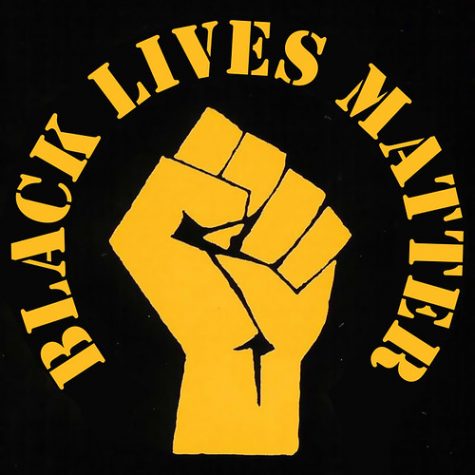Cultural segregation presents an issue in Austin

Austin is commonly referred to as not only the “Live Music Capital of the World,” but also the most liberal city in Texas. Within the last few years, the city of Austin has seen a swift increase in population, becoming one of the most rapidly growing cities in the country.
Austin might not be experiencing much of an economic slump, and it is arguably the hippest, most progressive city in Texas, but is it also the most segregated?
The largest number of minorities in Austin is on the east side of I-35, while the west side is mostly white, segregating actual cultural groups and races while shaping class relations.
This historical divide in the city has remained status quo for a number of decades. In 1928, a city policy consolidated all black services, from parks to schools, to East Austin. This avoided the unconstitutionality of racial zoning while exemplifying the “separate but equal” custom of the era.
Essentially, this kept most black Austin citizens away from West Austin, forcing them to live between Seventh and Twelfth streets, with the Latino population moving further south.
Although more whites have moved to a gentrified East Austin, these long-standing population trends are still noticeable.
In the last four decades, half of the city council and fifteen out of seventeen mayors have been from four zip codes west of I-35, according to Cecilia Ballí of “Texas Monthly,” who has criticized Austin’s perceived segregation. Moreover, this area hosts just a tenth of Austin’s population.
If the role of government is to represent the entirety of a population, why is it that such a large number of Austinites are not being properly represented?
Although Gus Garcia was Austin’s first Hispanic mayor in 2001, under an informal agreement, one spot on the city’s council is held for Latinos and another for African-Americans. Except for Garcia, no minority has ever prevailed against this agreement.
Single-member districts have been successful in mending the damage done by historical segregation. Under these districts, governments create districts with non-white majorities, ensuring a more inclusive representation.
Last November, a plan known as “10-1” was approved by the majority of Austin voters that would finally create districts in Austin.
This increase in political diversity could potentially make Austin a more multiculturally aware city.
St. Edward’s Unversity is a culturally diverse campus. There is no metaphorical I-35 dividing our campus.
While our campus is 52 percent white, according to College News, other races are well-represented throughout campus. Hispanic students make up 32 percent of the student population, and these students are by no means segregated to one side of the campus. Other races make up smaller percentages of the St. Edward’s community, but these students are also accepted and celebrated.
While the clear racial dividing lines in Austin are troubling, the clear lack of racial divisions at St. Edward’s offers some hope for the future. Student leaders at St. Edward’s will someday become leaders of our city.
We can only hope these future leaders will take the diversity and acceptance of St. Edward’s and expand it to the entire city.







![According to a 1993 archive from Congressional Quarterly Almanac, “[Judge] Ginsburg was known as a restrained and fair-minded judge who did her homework and then some.” She was “considered moderate to conservative on criminal issues and business law,” relatively progressive “on issues such as free speech, religious freedom and separation of church and states,” and more liberal on “civil rights and access to the courts.”](https://www.hilltopviewsonline.com/wp-content/uploads/2020/10/VP-4RBG_CC-by-WFULawSchool-475x317.jpg)
